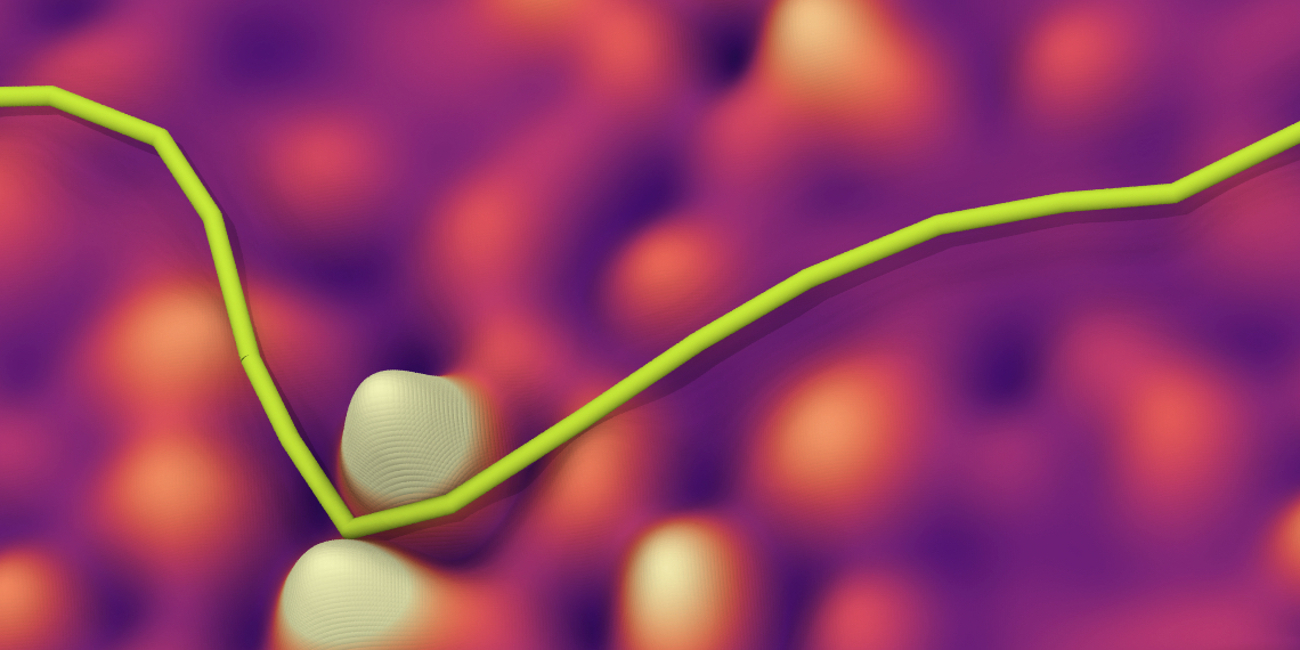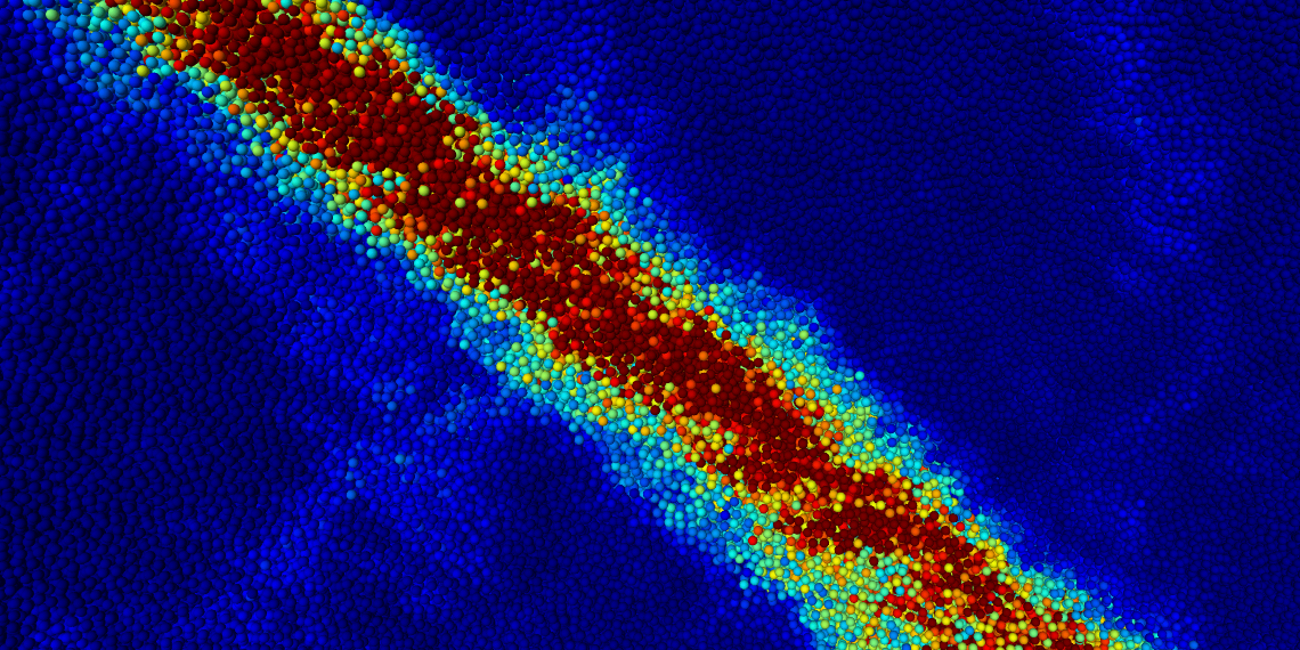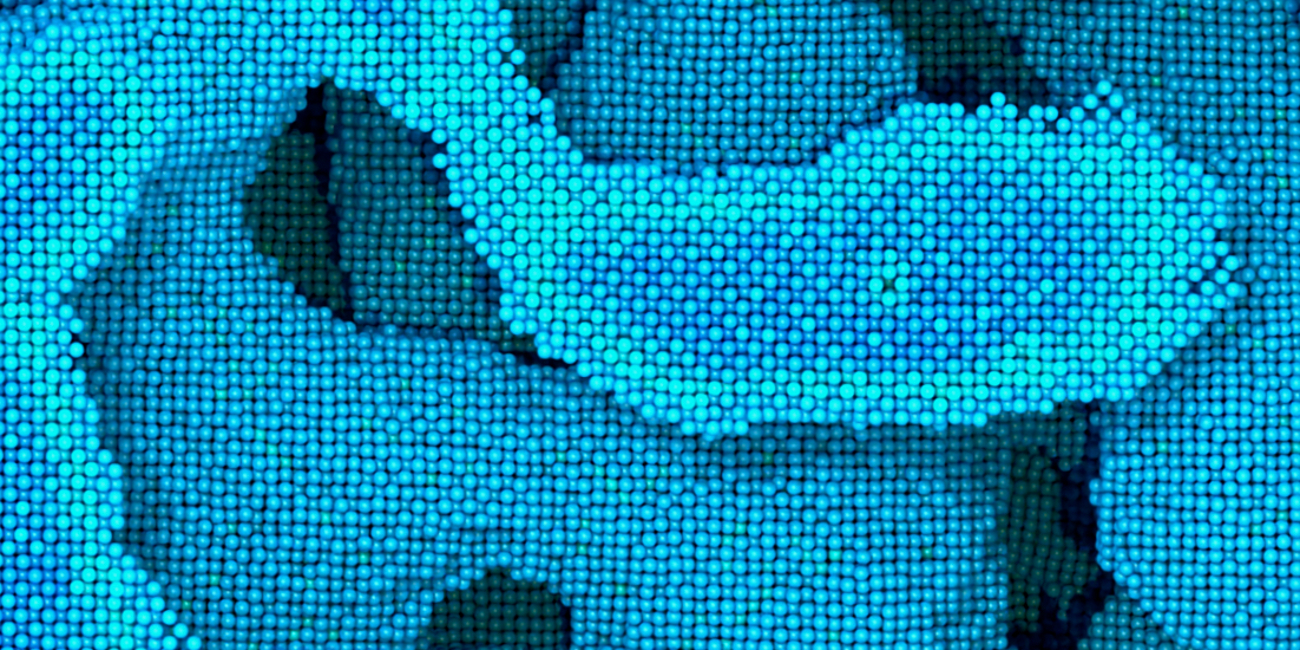Materials Modelling Division
Welcome to our website! Here, you will discover more about our research topics and teaching activities. Navigate through our website and learn more about us. We are looking forward to your response!

Prof. Dr. Karsten Albe
Our ambition is to explain or predict properties of defects in materials by computer simulations based on solid-state physics, statistical and materials mechanics.

-
![]()
![]()
PhD graduation in Materials Modelling
December 15, 2025
Defence by Mr. Ali Muhammad Malik
-
![]() Picture: Klaus Mai
Picture: Klaus Mai![]() Picture: Klaus Mai
Picture: Klaus MaiSabrina Sicolo receives Athene Prize for Good Teaching
November 25, 2025
Prize from the Carlo and Karin Giersch Foundation for achievements related to the Programming Lab
Prize from the Carlo and Karin Giersch Foundation for achievements related to the Programming Lab













